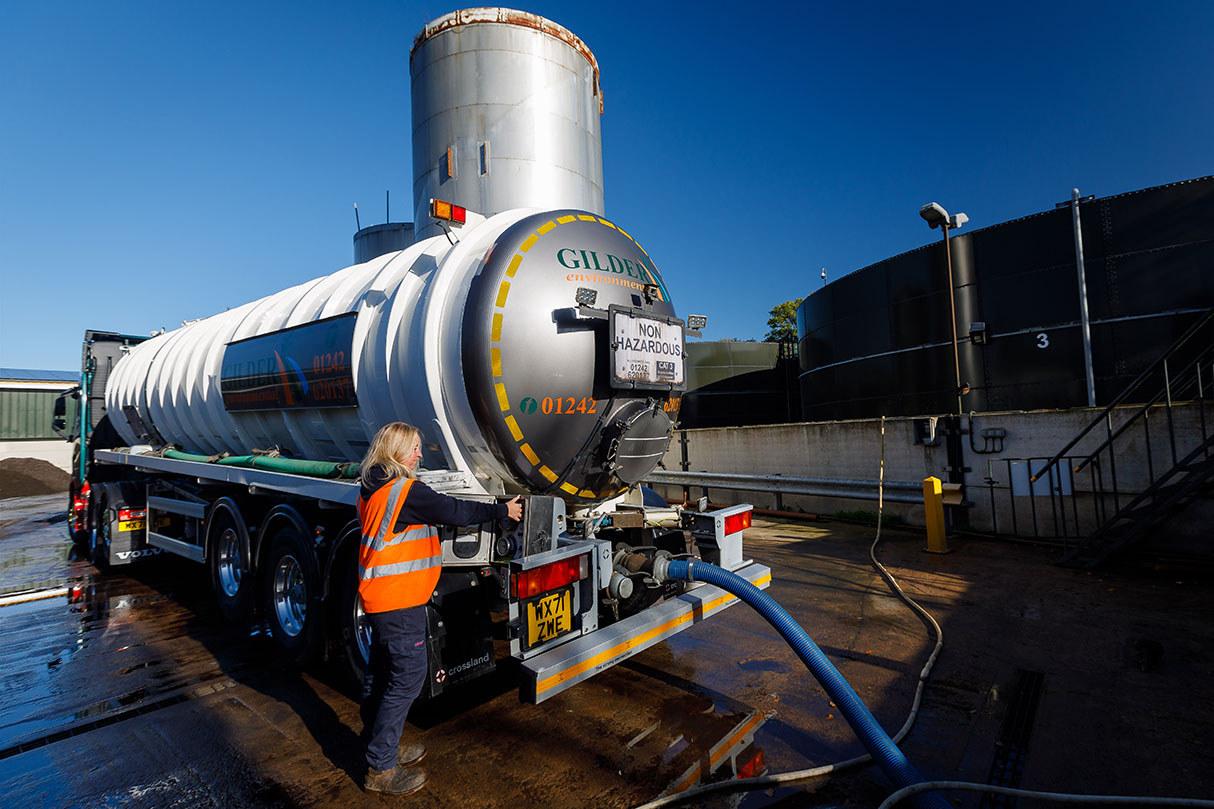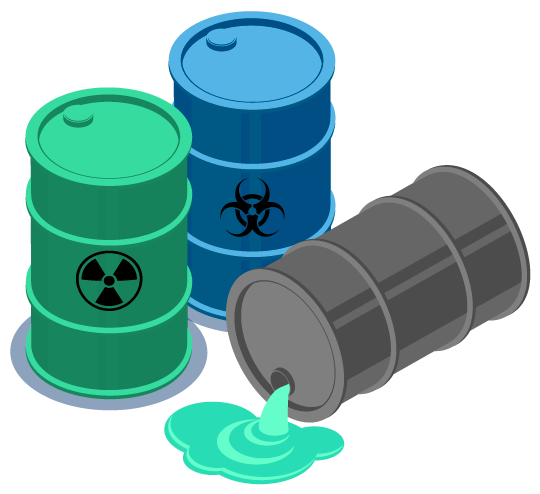Just How Fluid Waste Disposal Works: A Thorough Overview of Techniques and Technologies Used

Overview of Fluid Waste Kind
The intricacy of fluid waste kinds demands a comprehensive understanding of their features and effects for disposal. Fluid waste can generally be classified right into a number of kinds, consisting of industrial, community, agricultural, and dangerous waste. Each category exhibits distinct residential or commercial properties, requiring specific management techniques to reduce environmental and health threats.
Industrial fluid waste originates from manufacturing procedures and commonly consists of a series of contaminants, such as hefty steels, solvents, and natural compounds. Municipal fluid waste, mainly making up wastewater from homes and business facilities, includes raw material, nutrients, and virus (industrial wastewater treatment). Agricultural fluid waste, including runoff from farms, might have fertilizers, pesticides, and pet waste, presenting dangers to water quality and communities
Hazardous liquid waste is identified by its poisoning, reactivity, or possible to cause harm. Comprehending these varied fluid waste types is critical for developing efficient disposal techniques and making certain conformity with environmental laws.
Physical Therapy Methods

Screening is the preliminary step, where larger fragments and particles are removed from the liquid waste utilizing screens or grates. This procedure safeguards downstream equipment from damage and guarantees smoother procedure. Adhering to testing, sedimentation utilizes gravitational force to different solids from liquids. In sedimentation containers, larger particles settle at the base, developing a sludge layer, while the cleared up fluid can be additional dealt with.
Filtering is one more crucial technique that entails passing the liquid via permeable products, such as sand or membrane layers, to catch smaller fragments. This step enhances the top quality of the liquid, making it appropriate for subsequent therapy procedures.

Chemical Treatment Techniques
Chemical treatment techniques are important for effectively handling liquid waste, particularly in dealing with dissolved and colloidal pollutants that physical methods might not effectively eliminate. These methods use numerous chemical representatives to neutralize, speed up, or change unsafe materials right into much less hazardous types.
One common method is coagulation and flocculation, where chemicals such as alum or ferric chloride are contributed to advertise the aggregation of suspended particles. This process improves sedimentation, enabling easier removal of the resulting sludge. check my reference In addition, oxidation processes, using representatives like chlorine or ozone, are employed to damage down intricate organic compounds and pathogens, making the waste much safer for discharge or more therapy.
Neutralization is an additional critical method, which changes the pH of acidic or alkaline waste streams to neutral degrees, stopping possible harm to downstream systems and the environment. Moreover, progressed oxidation processes (AOPs) make use of mixes of oxidants and ultraviolet light to deteriorate consistent pollutants, accomplishing a greater level of therapy performance.
Organic Treatment Procedures
Biological treatment processes play an essential duty in the management of fluid waste by utilizing bacteria to decompose natural matter and minimize impurity degrees. These processes can be extensively categorized into anaerobic and aerobic treatments, each utilizing details microbial areas to attain reliable waste deterioration.
Aerobic treatment includes using oxygen to help with the failure of natural products by microorganisms. This process is generally applied in triggered sludge systems, where aeration tanks offer a favorable setting for microbial development, bring about the oxidation of organic contaminants. The resultant biomass can be divided from treated effluent via sedimentation.
On the other hand, anaerobic therapy occurs in the lack of oxygen, relying upon various microorganisms to break down raw material. This method is especially helpful for high-strength waste, as it produces biogas, a renewable resource resource, while decreasing sludge manufacturing. Technologies such as anaerobic digesters are often used in commercial and municipal applications.
Both cardio and anaerobic biological therapies not just decrease the environmental effect of fluid waste however also help with resource healing, making them important parts of lasting waste administration approaches. Their efficiency, versatility, and efficiency support their prevalent execution across different markets.
Arising Technologies in Disposal
Innovative strategies to fluid garbage disposal are quickly developing, driven by advancements in technology and a boosting focus on sustainability. Amongst these arising technologies, membrane bioreactors (MBRs) have actually acquired grip for their ability to incorporate organic treatment with membrane layer filtration, causing high-quality effluent that can be reused in different applications. MBRs enable smaller sized footprints and much more effective procedures compared to standard systems.
One more promising growth is the use of anaerobic digestion incorporated with nutrient recovery modern technologies, which not just treats fluid waste however additionally generates biogas and recoups important nutrients like nitrogen and phosphorus. This twin benefit enhances source efficiency and reduces environmental influence.
In addition, advanced oxidation procedures (AOPs) are being adopted for the destruction of complicated organic pollutants. These methods make use of powerful oxidants and catalysts to break moved here down contaminants at the molecular level, using an extremely efficient remedy for difficult waste streams.
Additionally, the assimilation of artificial intelligence and device understanding in waste management systems is maximizing functional effectiveness and predictive maintenance, causing decreased prices and boosted ecological conformity. These innovations show a significant shift in the direction of more sustainable and efficient fluid garbage disposal methods.
Verdict
In conclusion, efficient liquid waste disposal necessitates a thorough understanding of numerous methods and technologies. By continually advancing these techniques, it ends up being possible to resolve the growing difficulties associated with liquid waste, ultimately contributing to ecological protection and source healing.
Fluid waste disposal is a critical facet of environmental management, requiring a detailed understanding of different techniques and innovations tailored to different waste types. Fluid waste can extensively be categorized right into numerous kinds, consisting of industrial, metropolitan, farming, and hazardous waste. Agricultural fluid waste, including overflow from ranches, may consist of plant foods, pesticides, and pet waste, posturing risks to water high quality and ecosystems.
Different physical therapy techniques play an important role in handling fluid waste effectively - industrial wastewater treatment.In conclusion, effective liquid waste disposal requires a thorough a knockout post understanding of numerous strategies and innovations